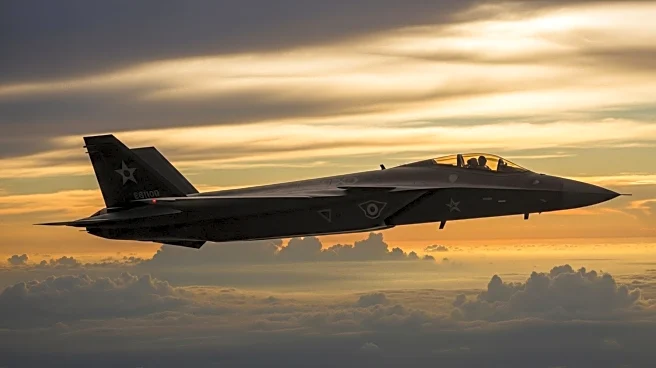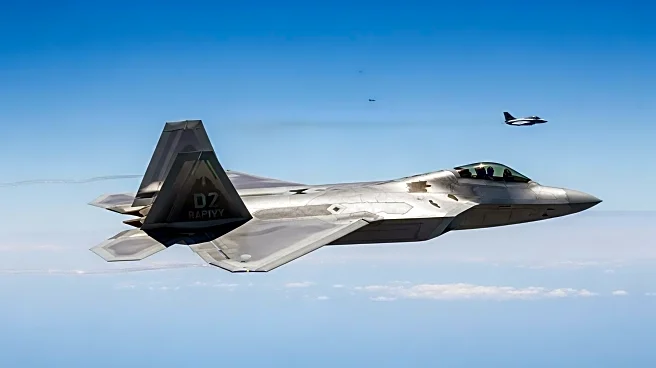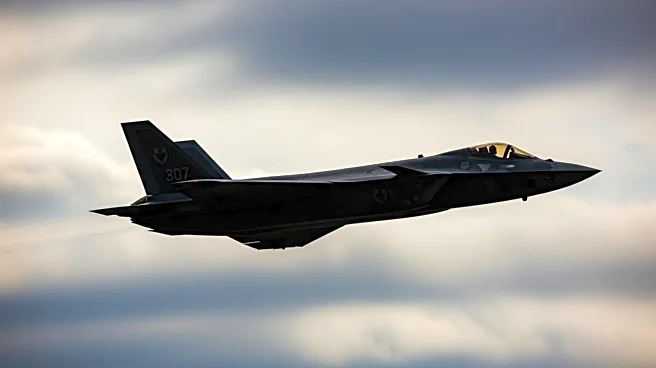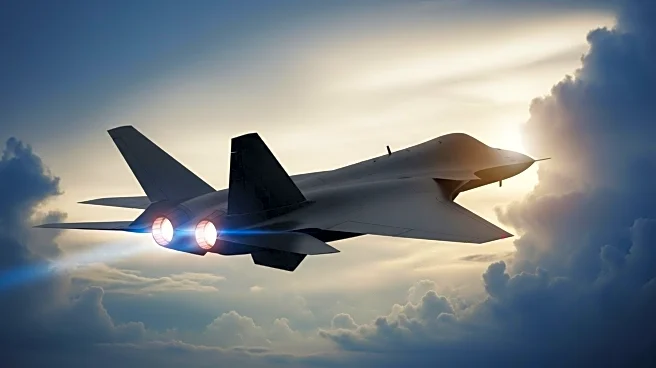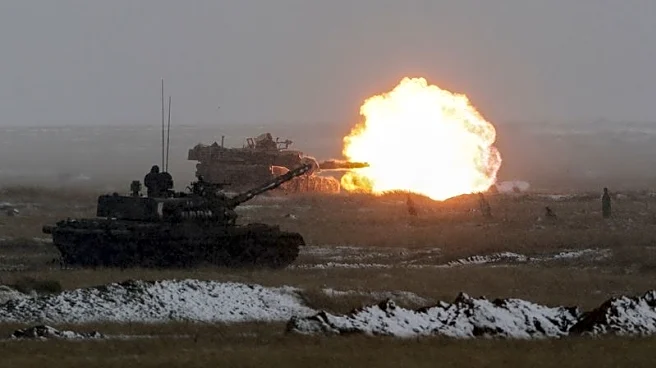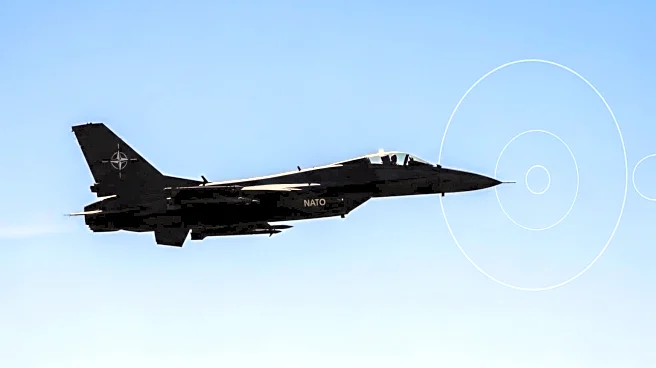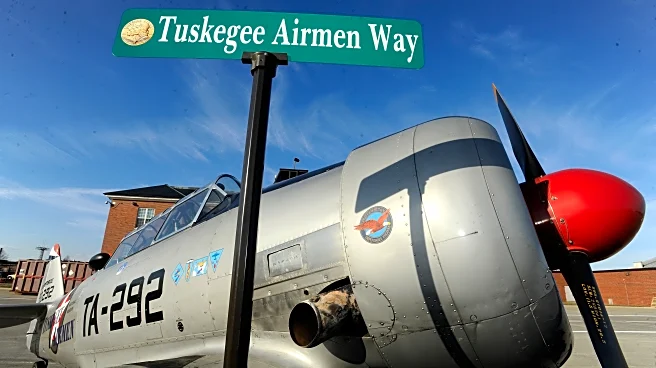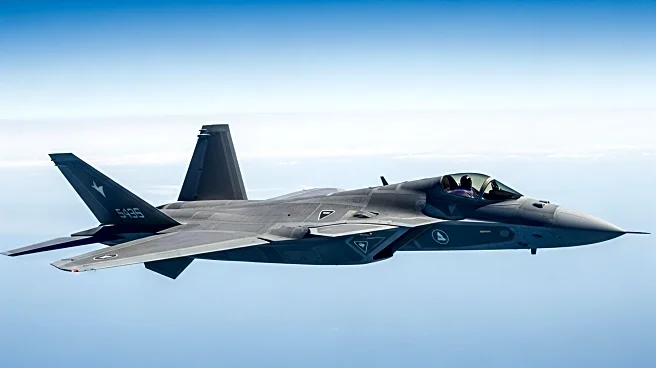What is the story about?
What's Happening?
In a 2013 incident, a U.S. Air Force F-22 Raptor stealthily intercepted two Iranian F-4 Phantoms approaching an American MQ-1 Predator drone in international airspace. The Raptor pilot, Lt. Col. Kevin 'Showtime' Sutterfield, used the aircraft's stealth capabilities to approach undetected and advised the Iranian pilots to retreat, which they promptly did. This encounter highlights the F-22's advanced stealth and sensor technology, allowing it to manage potential threats without engaging in combat.
Why It's Important?
The incident underscores the strategic advantage provided by the F-22 Raptor's stealth capabilities, which can prevent conflicts through deterrence rather than direct engagement. This capability is crucial for maintaining air superiority and protecting U.S. assets in volatile regions. The ability to defuse potential threats without escalation is a significant asset in international airspace, where tensions can quickly rise. The event also reflects the broader U.S. strategy of using advanced technology to maintain a tactical edge in global military operations.
Beyond the Headlines
The use of stealth technology in military operations raises ethical and strategic questions about the balance between deterrence and aggression. The ability to operate undetected can prevent conflicts but also poses challenges in terms of transparency and accountability in military engagements. As technology advances, the implications for international security and the rules of engagement in airspace will continue to evolve.
AI Generated Content
Do you find this article useful?
